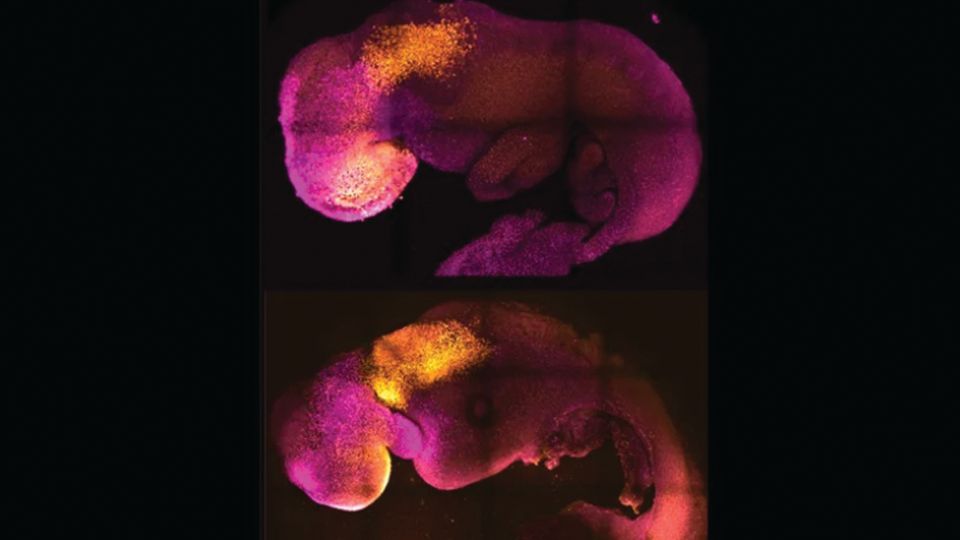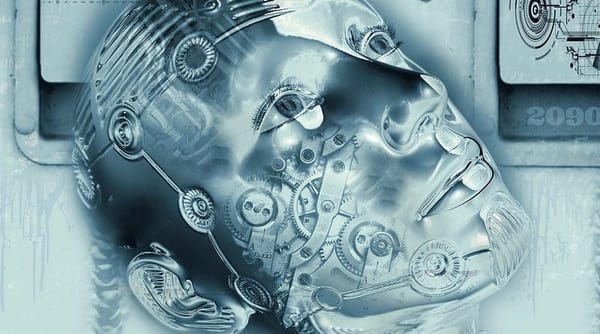Synthetic embryos made without sperm or egg formed brain, beating heart

Two teams of scientists have independently created synthetic mouse embryos in a lab without using eggs or sperm cells in a major leap forward for the field of developmental and stem cell biology.
Scientists were able to nurture these embryos to form a brain, a beating heart and the foundations for all other organs in the body.
One of the teams behind this groundbreaking advancement was helmed by Prof. Magdalena Zernicka-Goetz, a developmental biologist from the University of Cambridge. Her team used stem cells from a mouse to create a synthetic embryo that they were able to keep alive for 8.5 days, according to a Cambridge press release. Full mouse gestation takes about 20 days.
“Our mouse embryo model not only develops a brain, but also a beating heart, all the components that go on to make up the body,” Zernicka-Goetz said. “It’s just unbelievable that we’ve got this far. This has been the dream of our community for years, and a major focus of our work for a decade, and finally we’ve done it.”
The findings from Zernicka-Goetz’s team were published in Nature on Aug. 25 while a second team of researchers from Israel published similar results in Cell on Aug. 1.
How did they do it?
There are three types of stem cells responsible for the building blocks of life in mammals: one that will form body tissue, one that becomes the placenta, which connects the fetus to the mother to provide nutrients, and one that creates the yolk sac, where the embryo grows.
When Zernicka-Goetz and her team first started trying to develop man-made embryos they began with just one type of stem cell, the one that generates body tissue.
“We started with only embryonic stem cells,” she says. “They can mimic early stages of development, but we couldn’t take it any further.”
A few years later, her team found that if they added the stem cells responsible for the creation of the placenta and yolk sac, they could nurture their synthetic embryos to develop much further. When combined in the right environment, the stem cells self-organized into structures that mimicked the natural development of an embryo, creating a beating heart and the foundations for an entire brain.
Under normal circumstances, for a healthy embryo to form, all three types of stem cells must “talk” to each other to co-ordinate development. Researchers were able to kick-start that dialogue between the stem cells by placing them in specific proportions in a unique environment that encouraged interaction, both chemically and physically, between them.
The current research was carried out with mice but researchers are working to pivot to human embryos. Getting to the point of organ formation in a human embryo has never been done before and presents a significant challenge. But Ali Brivanlou, a developmental biologist at The Rockefeller University, who wasn’t involved in the two studies, said “the field is not too far away.”
Zernicka-Goetz also said it could be possible to heal already existing organs in adult humans with the knowledge that researchers gain from embryonic stem cell development.
Thanks for visiting Our Secret House. Create your free account by signing up or log in to continue reading.





